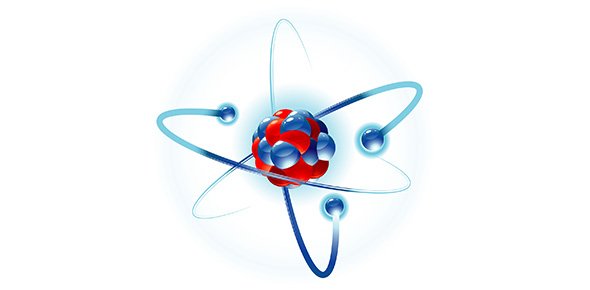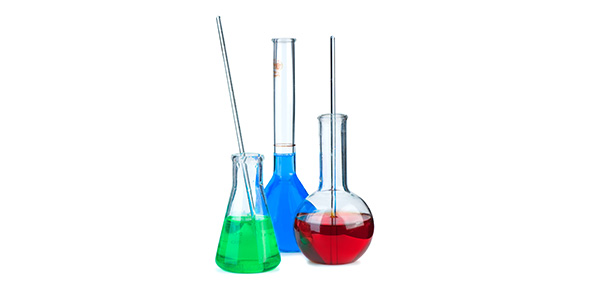Related Flashcards
Related Topics
Cards In This Set
| Front | Back |
|
Pelagic
|
Refers to the environment of the water column in the ocean
|
|
Benthic
|
Refers to the environment on the sea floor
|
|
Plankton
|
Marine organisms that float in the water column and do not have an active swimming capacity
|
|
Phytoplankton
|
Single-celled algae and bacteria that photosynthesize (autotrophic) and live in the upper part of the pelagic zone (= protists: diatoms, dinoflagellates, coccolithophorids)
|
|
Zooplankton
|
Heterotrophic organisms that live in the pelagic zone but have no swimming capacity. Includes some animals (krill, jellies, copepods) and microscopic, single-celled protists (flagellates, ciliates, forams). eat phytoplankton, other zooplanktonho
|
|
Bacterioplankton
|
Single-celled floating organisms that are members of the Kingdom Monera. Many kinds of heterotrophic bacteria and some photosynthetic bacteria (cyanobacteria)
|
|
Meroplankton
|
Larval stage of some benthonic and nektonic animals (spend early part of life in the plankton)
|
|
Nekton
|
Marine organisms that are able to swim freely in the water
|
|
Benthon
|
Organisms that live on the seafloor (epifauna) or buried within sediments (infauna). "Bottom dwellers" include most marine invertebrates (clams, mussels) as well as attached plants (sea grasses) and benthic algae and some bottom-dwelling fish (flounder)
|
|
Epifaunal
|
Benthic organisms that live on the surface of the sea floor or attached to rocks and seaweed
|
|
Infaunal
|
Benthic organisms that live by burrowing into sediment or the sea floor
|
|
Photosynthesis
|
The process by which autrophic organisms convert carbon dioxide and water into sugar using the energy of sunlight
|
|
Chemosynthesis
|
The process by which organisms can produce their own food using the energy in dissolved chemical compounds such as sulfate (SO42-)
|
|
Respiration
|
The opposite of photosynthesis. Take in oxygen and sugars to make energy and release carbon dioxide and water.
|
|
Autotroph
|
An organism that can produce its own food by photosynthesis or some other mechanisms of primary productivity
|







